Date: September 22, 2023 By: Nick Kolev
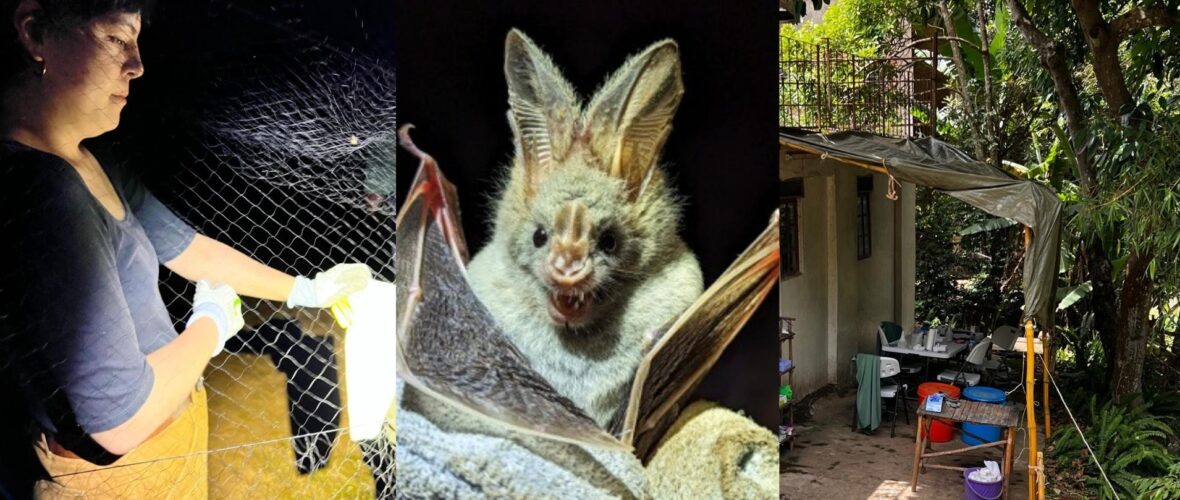
High up in the mountains of Kenya are the lush Taita Hills — a vibrant and beautiful rainforest that seems entirely detached from the dry savannah common in the rest of the country. It is roughly halfway between the two largest cities of Nairobi and Mombasa, taking hours to reach by train and car.
It’s also swarming with bats.
Those bats are what Ragon faculty member Aaron Schmidt, PhD, and Harvard PhD graduate students Daniel Maurer and Anne Roffler (part of the Schmidt Lab) went to study on a cross-collaborative trip with researchers from the University of Arkansas, the University of Helsinki, the University of Nairobi, and Maasai Mara University.
This two-part series will explore these teams’ hands-on fieldwork with bats as well as the important research they have conducted on the bat samples to understand their role in harboring and transmitting viruses.
Bats are a vital subject in the study of immunology as a result of their unique capacity to harbor many different potentially zoonotic viruses without, in most cases, succumbing to the virus. This project allowed researchers to come together to try and better understand this — and it all started with a tweet.
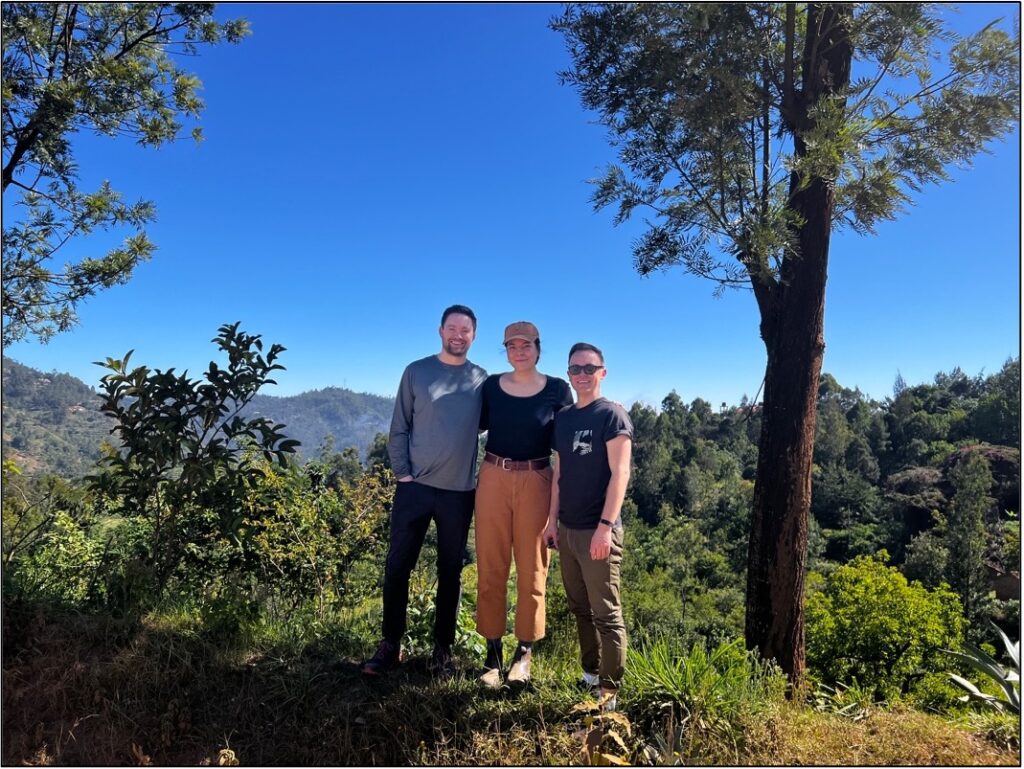
Maurer said he was speaking to a fellow graduate student about their interest in antibody responses in different animals, when the idea of studying bats came up.
“One hypothesis is that host antibody repertoires and responses have evolved in bats to better protect them against or tolerate the viruses that circulate within them,” he said. “And so we wanted to understand whether bat antibody responses are predisposed to protect against certain viruses and whether that has any implications for how you could potentially protect humans from highly pathogenic viruses.”
Maurer brought the idea to Schmidt, and they began looking into this as a serious research path. Their search ended one night when Schmidt was browsing Twitter.
“I came across a posting by a researcher named Kristian Forbes, PhD, at the University of Arkansas about the field research that he was doing in Kenya, and it was about bats and understanding viruses,” Schmidt said. “It was right up our alley, it was really exciting. He was doing stuff that was complementary to us.”
Schmidt reached out to Forbes via email, and soon established a relationship between their labs along with Tarja Sironen, PhD, from the One Health lab at the University of Helsinki.
“It became this great opportunity for the three of us with very complementary expertise,” Schmidt said. “Kris, an infectious disease ecologist, Tarja a virologist, and then our group studying immune responses on a biochemical and biophysical level.”
After a few months, Forbes asked Schmidt if his team would like to join him on his next trip to Kenya. Schmidt agreed, and along with Maurer and Roffler, boarded the plane to Kenya in January.
Along with the other researchers, Schmidt and the two graduate students flew to Nairobi before taking a five-hour train ride to the mountains and then driving up into the Taita Hills.
“It’s this beautiful place way up in the hills and it’s almost rainforest-like,” Schmidt said.
For graduate students Roffler and Maurer, the trip was their first time in Africa and an exciting chance to do some work outside the lab. Roffler said they saw it as an opportunity to broaden their horizons.
“A lot of times academic science can feel devoid of context and removed from the larger world,” she said. “It was cool to be able to travel to Kenya and interact with collaborators who are similarly passionate about these kinds of scientific questions, and it gave both of us a sense of community in the research that we’re doing.”
Upon their arrival, the team got to work.
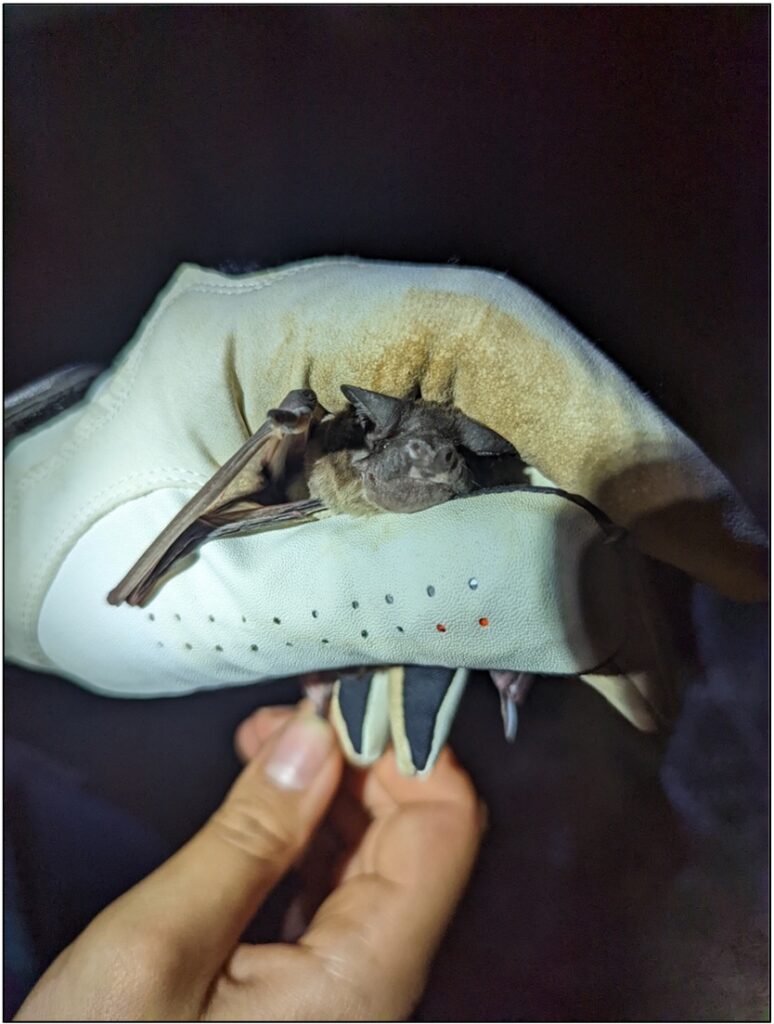
Each day had a similar rhythm — head out around dusk to set up large nets where the bats roost, and then wait for them to fly out. They would spend the night gently untangling the bats and safely putting them in cloth bags in order to take samples from them the following morning.
“Initially we were very nervous,” Maurer said. “Because we read all these papers about the viruses that these bats can carry and that was certainly nerve-wracking.”
Given the delicacy of the tiny Mops condylurus bats, the researchers wore a thick glove on only one hand to hold them while leaving the other hand free to carefully untangle their fragile wings.
“You had to be very cognizant of where the bat’s head was. More importantly, where its mouth was,” Schmidt said. “It’s very chaotic but exciting. There were almost a hundred bats being caught in these nets on that first night and we were trying to get them out as quickly and safely as possible.”
After working late into the night collecting bats, the work would resume the next day with processing.
In a lab at the research station, the team would work together to take fecal, saliva, urine, and tissue samples from each bat. After the bats were tagged, they were released at dusk near where they were initially captured, and the process would repeat all over again that night.
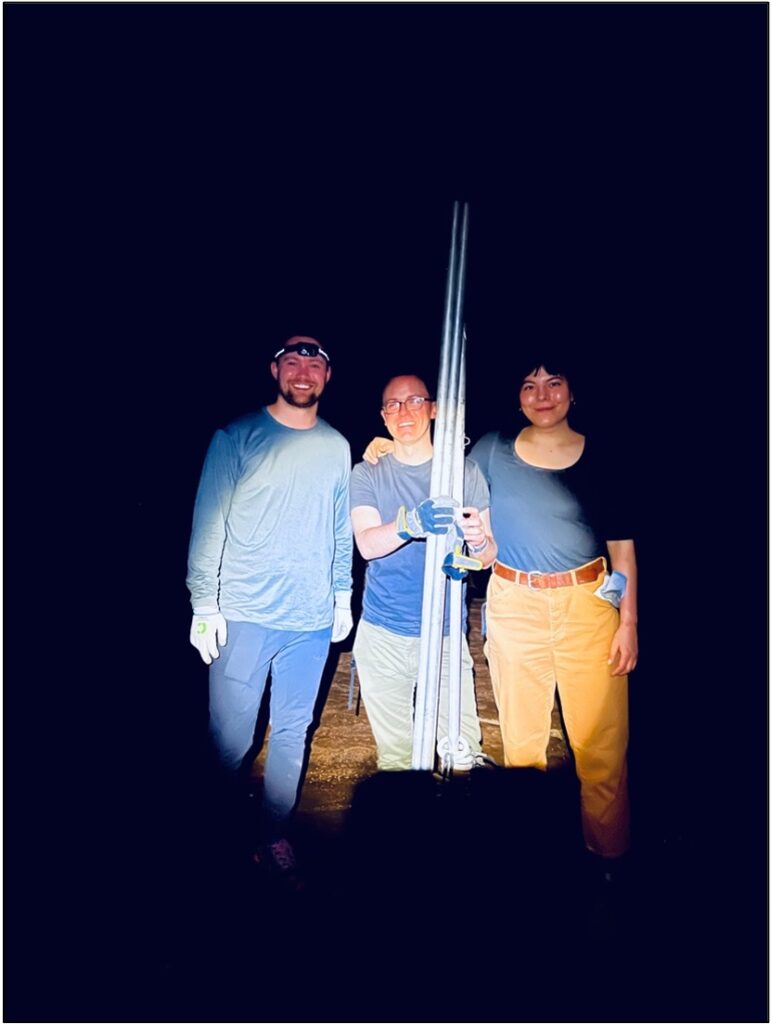
Schmidt, Roffler, and Maurer said they enjoyed the experience and found it fulfilling to get the opportunity to do real fieldwork.
“It was an amazing and cool experience. I’ve been very fortunate to collaborate with Kris, Tarja, and their teams. Each group is bringing such reciprocal expertise,” Schmidt said. “We function well together because we all need each other to answer the scientific questions we’re interested in.”
With the samples collected, the Schmidt and Sironen Labs will now focus on studying them. Indeed, Roffler is hoping to spend time in Helsinki to collaborate on research with Sironen and her team.
In terms of returning to Kenya, Forbes and Sironen have graciously extended the opportunity to members of the Schmidt Lab to return.
“Kris and Tarja have said we are welcome back any time to the Taita Hills,” Schmidt said. “I think that there will be many opportunities for other students or postdocs from our group to go there. It will be tremendously exciting for others to experience in Kenya what Daniel, Anne, and I did — It was an amazing adventure.”
Keep an eye out for Part 2 of this series focusing on the important scientific research that will make use of these samples.

The Ragon Institute is proud to recognize Upasana Das Adhikari, PhD, a postdoctoral fellow in the Kwon Lab, who has been awarded the prestigious K99 Pathway to Independence Award by the National Institutes of Health (NIH)
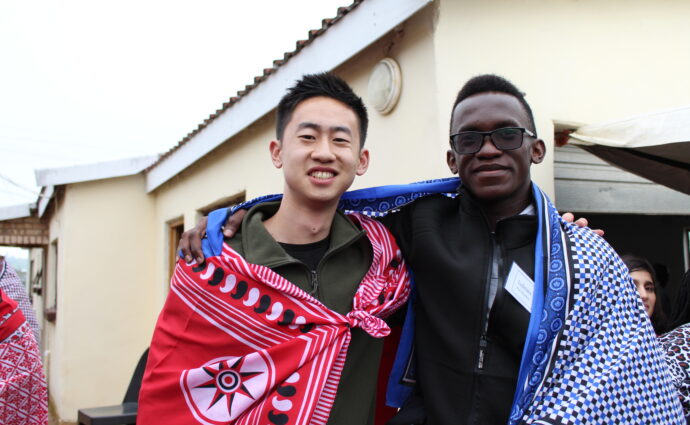
In January 2020, two students from across the world met on the “Evolution of an Epidemic” course. Their friendship inspired the creation of a program they hope will benefit African science for years to come.

The Ragon Institute is delighted to announce the upcoming launch of the Ragon Child Care Center at our new building at 600 Main Street. Operated by our renowned partners at Bright Horizons, the Ragon Child Care Center will offer top-notch early childhood education and care right at the heart of our community.